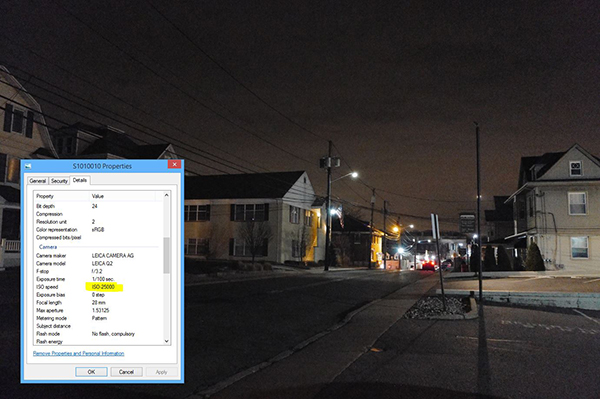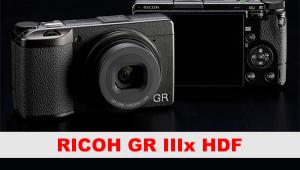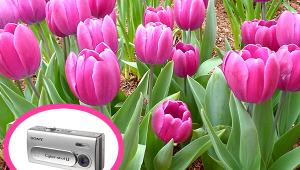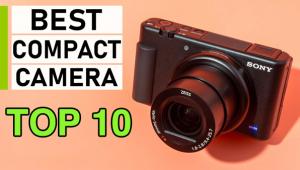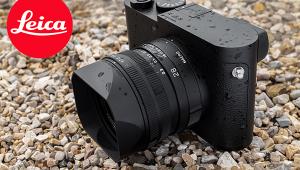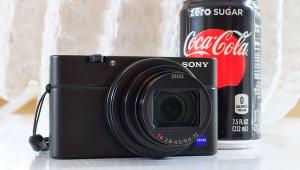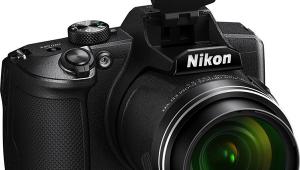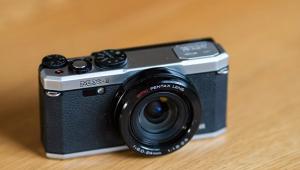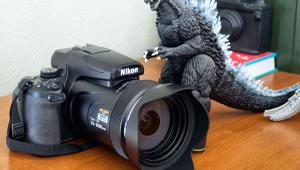Leica Q2 Full Frame Compact Camera Review
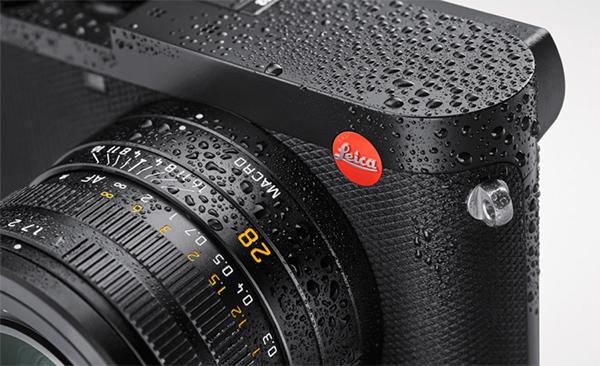
Leica just launched the Leica Q2, a 47.3MP compact camera that's the successor to the popular full-frame Leica Q from 2015. The Leica Q2, which like its predecessor has an attached (i.e. non-interchangeable) prime lens, features a sturdy splash/dustproof construction, 4K video, an all-new OLED viewfinder and an improved Maestro image signal processor that has a base of ISO 50.
The Leica Q2's slick, sharp Summilux 28mm f/1.7 prime lens is the same as on the previous model and so is the shape of the camera, but many other features big and small have been improved. Here’s the rundown on the key features followed by our complete hands-on review of the new Leica Q2 ($4995).

After weeks of rumors and speculation—and four years of refinement—the Leica Q2 camera has emerged with a real splash—as in splashproof and dustproof construction. Shutterbug was permitted to test drive the new Leica Q2 a few weeks before introduction.
New features of the Leica Q2 include the following:
• Newly developed 47.3-megapixel full frame CMOS sensor
• Digital Frame Selection in-camera cropping up to 75mm field-of-view
• Redesigned Maestro processor enables new features and better low-ISO performance
• 4K video and 4K burst shooting thanks to the new processor
• IP52-level protection from dust and water splashes (for a more complete explanation of exactly what the IP numbers mean, including a matrix that lists the specifications, read my article from 2016)
• High resolution OLED electronic viewfinder (3.68 megapixel)
• Faster autofocus (0.15 sec)
• Base ISO 50 (instead of 100) to a maximum of ISO 50000
• Up to 20 fps shooting (with electronic shutter)
• Bluetooth LE for easy pairing and connection
• Price: $4995

Features that carry over from the Leica Q include:
• Fixed 28mm prime lens (Summilux 28 mm f/1.7 ASPH)
• 13 stops of dynamic range
• High-resolution touchscreen
• Optional automatic OIS (Optical Image Stabilization)
• JPEG plus DNG file format recording
• Made in Germany
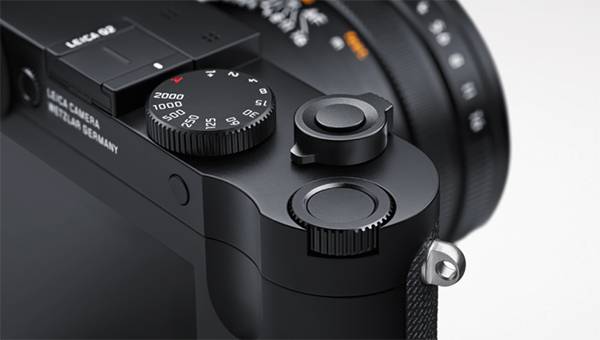
Is that all?
No. Leica made a subtle change to the thumb rest so it’s more comfortable and the grip is improved. Likewise the Macro Ring that encircles the lens is larger and easier to manipulate. They’ve also switched the Q2 to the same BP-SCL4 battery as the Leica SL, improving battery life a meaningful 30% from about 270 images to 350 images per charge.
Leica also addressed two complaints we made about the original Leica Q in 2015. The Diopter Setting is now a push-button thumb dial (similar to the one on the Leica CL) instead of the wheel that was prone to accidental movement. And more importantly, they’ve redesigned the main switch that surrounds the Shutter Release Button to prevent inadvertently shifting into Continuous Frame shooting. The new switch on the Q2 controls only the camera’s On/Off setting. Hooray.
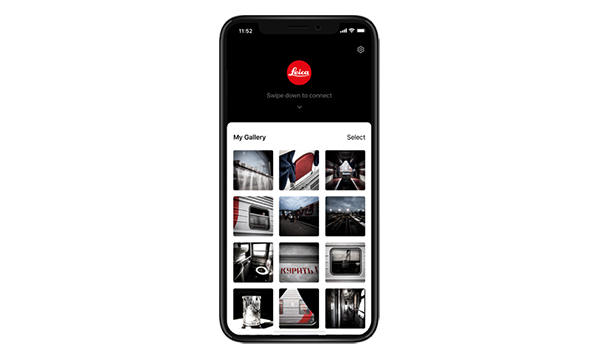
Fotos App Enhancements
Leica Fotos for iOS and Android is compatible with any Wi-Fi-enabled Leica camera and does not require connection to your home wireless network (LAN). Use it to capture, edit and share images. I have to say that Fotos is one of the best camera apps I’ve used, and now it’s been souped-up, too. Pairing is easier; it’s now possible to associate the app to the body without any menus, via Bluetooth. Also, you can connect to the Leica Q2 even when it’s off and out of reach thanks to the Remote Wakeup feature. And finally, the Leica Q2’s date and time are always in sync with your smartphone.
Here’s a chart that shows how the new Leica Q2 compares to the 2015-vintage Leica Q. You can read our review of the original model here: Link to Leica Q review.
Operation
Sometimes you want to choose, sometimes you want to snooze. The Leica Q2 will handle exposure and focus settings automatically, or you can take the reins at any time. Set the Shutter Speed Selection Dial to A and the Aperture Selection Ring (on the lens) to A. The camera is in Program AE Mode. Shift the shutter speed dial to the shutter speed of your choice and you are in Shutter Priority.
Likewise, if you move the aperture ring to an f/stop setting and leave the shutter speed dial on A, the camera changes to Aperture Priority Mode and the camera selects the shutter speed required for proper exposure. Full manual selection of both shutter speed and f/stop, of course, is also an option.
Fast and simple. And now that the On/Off switch has been improved, the new LQ2 is even easier to use and more foolproof than the Leica Q. I wouldn’t hesitate to hand it to a complete novice, partly because it’s inherently easy to operate and partly because it has 13 Scene Modes built in (Automatic, Sport, Portrait, Landscape, Night Portrait, Snow/Beach, Fireworks, Candlelight,Sunset, Digiscoping, Miniature Effect, Panorama and HDR).
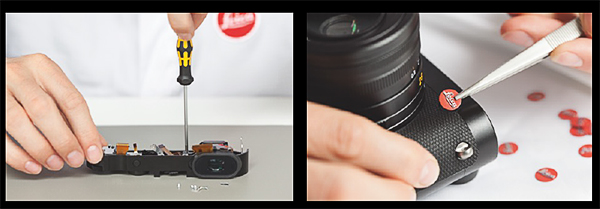
The 28mm f/1.7 lens focuses extremely fast and is as sharp as a straight razor. It gives the Leica Q2 the fastest lens of any camera in its class. Leica claims that the Q2 has the fastest AF of any camera in its class, too, locking on in around 150 milliseconds. Manual Focus is made easier by a magnifying-type focusing aid and a Focus Peaking feature that’s exceptionally bright and easy to see.
The 28mm wideangle coverage is ideal for street shooting, groups and most indoor shots. If you lean toward 35mm or 50mm preferences, the in-camera Digital Frame Selection takes you there, albeit at the expense of resolution. And now this feature also offers a 75mm equivalent crop. If you use this digital zoom feature and later regret it, no matter—the entire full field as captured by the 28mm lens is saved in the DNG file.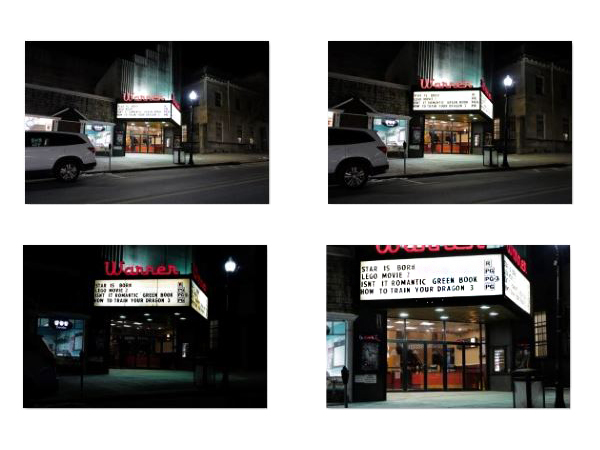
The Leica Q2's camera body has a comfortable grippy surface that makes it easy to hold securely. The strap is very good but the steel O-rings that connect it to the strap lugs on the body are small and hard to deal with. I used a special pair of split-ring pliers, but I can’t imagine everyone has such.
The Leica Q2's OLED finder is phenomenal. Note that the original EVF on the Leica Q was extraordinarily good to begin with. I used the eyelevel finder the most, although I did find myself using the back LCD in some situations, especially when using the crop feature.
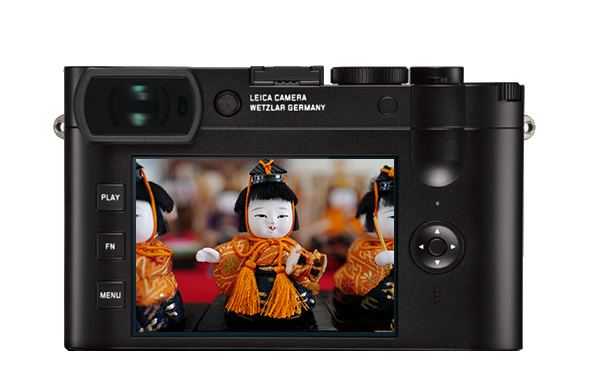
The Automatic White Balance selection was quite accurate under a variety of lighting conditions. WB presets include Daylight, Cloudy, Shade, Incandescent, Electronic Flash, Gray Card and Manual Color Temp selection. By dedicating the top Function Button to ISO and the back one to White Balance, I was able to quickly navigate every situation I encountered, including some very dark street shooting in subfreezing temperatures while wearing gloves.
Leica owners will understand this. The handling and shooting experience of using a genuine Leica is satisfying. The grip, the feel, the heft—all of the small nuances—must add up to a satisfying, fulfilled experience. The Leica Q2, like the Q before it, provides this sensation.
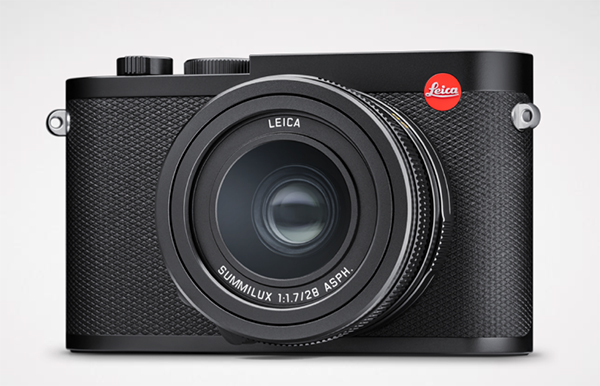
Construction
The lightweight magnesium alloy Leica Q2 body is rock-solid and beautifully finished. The major structural improvement, aside from the small modifications made on the original Leica Q platform for ergonomic reasons, is dust/splash protection. The camera has weather seals at critical junctures. The compartment that houses the cartridge-loading-style battery is sealed as is the lid of the SD card slot. The IP (Ingress Protection) class is 52. Here is a link to an article that unpacks the meaning of IP classifications.
Physical dimensions are 5.1 x 3.1 x 3.6 inches (130 x 80 x 92 mm) and the weight with battery is 25.3 ounces (718 grams). By my calculations it’s the same volume but slightly heavier than the Leica Q.

About Water Resistance
The Leica Q2 provides protection against falling water drops even when the camera is tilted to a maximum of 15 degrees off axis. Note that the heavy word here is falling. A stream from a hose, kitchen faucet or car wash is not falling. Falling means that the water is traveling with no more momentum than the force created by gravity.
I feel compelled to wave the caution flag, but I’m not diminishing the benefit of the protection Leica has provided. It’s going to save your bacon when it rains, but don’t get carried away and submerge the camera, or expose it for hours to a monsoon.

Image Quality
The Leica Q2's image quality is stunning. Sharpness, color response, contrast, saturation, aberration control, acuteness—in every way and in every category, the image quality is outstanding without limit. Pixel peeping confirmed sharpness edge-to-edge; vignetting (corner fall off) was nil.
This camera is going to see a lot of nighttime use, or at least its fair share of low light photography. The ISO range is from 50 to 50,000. For some cameras, the high number is a stretch goal, sort of like the high numbers on the speedometer of my Subaru.
My car is never going to travel 150 mph unless it’s launched toward Earth from the International Space Station. But that’s how high the speedometer goes. That said, the Leica Q2 does a commendable job at ISO 50000, and at ISO 25000 it’s awesome. Lower ISOs, from about 6400 down, are downright incredible.

Close-up shots with the Leica Q2 were likewise very good. Crisp, sharp and clean. Minimum focus distance in Macro mode is about 6.7 inches (17 cm).

Street Secrets
I was able to do a little street shooting with the Leica Q2, including some after dark. The camera is ideally suited and I’m very happy with the results.
The 28mm focal length, especially when it’s augmented by the Digital Frame Selection (in-camera cropping) is good for street stuff, and the fast f/1.7 aperture allows you to work in situations where other lenses can’t. Because the autofocus is very fast (Leica says 0.15 seconds) and the camera is so quick and responsive, it’s not likely that you’ll miss many shots.
The Enduring Compatibility of DNG
The Leica Q2 records JPEG and DNG files, including JPEG + DNG simultaneously. I like DNG files because I own an original Minolta RD-175. Does that make sense to you? See, the Minolta RD-175 records images in a proprietary format. Photoshop won’t open the files. You need a special software conversion tool. In contrast, any image file from any camera of any age that’s recorded as a DNG digital negative can be opened and read by a very wide gamut of editors. Lesson learned.

Conclusion
Although they look about the same from the outside (except for a couple notable and useful ergonomic improvements) the Leica Q and Leica Q2 are very different animals, different from the CMOS sensor inside to the wireless connectivity signals they emanate. It’s been nearly four full years since the original Q appeared, so it’s hardly surprising.
The Leica Q2 is a great example of how a good design can become even better when the manufacturer welcomes and reacts to user feedback.
Normally I hesitate to suggested that users upgrade to the latest model, but an exception is being made here. If you currently own a Leica Q, you have an excellent camera. If you buy a Leica Q2 you will own a camera that’s a full level above.
Availability and Price
The Leica Q2 is available now for $4995 at authorized Leica dealers and at Leica Boutiques.
—Jon Sienkiewicz

